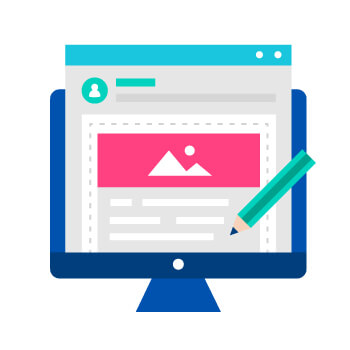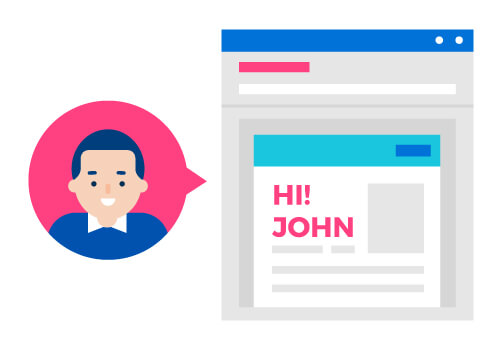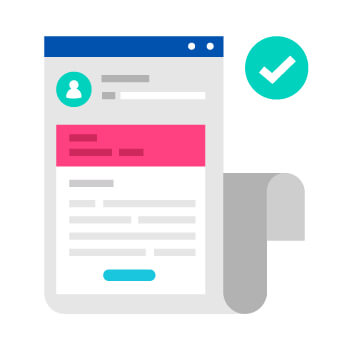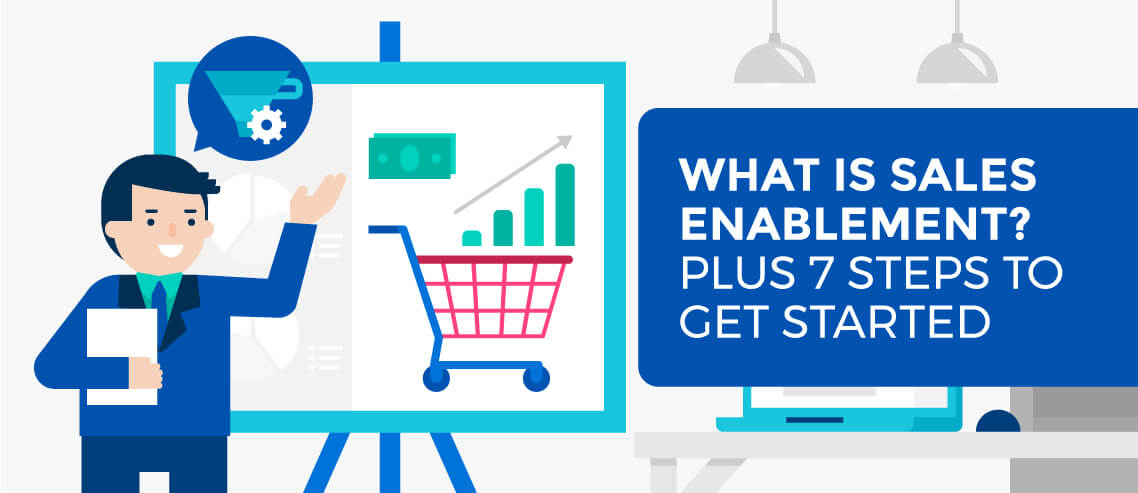How to Customize Your Cold Email Templates

Contents
Ever feel like you’ve spent all day writing emails?
Turns out there’s a good reason for that. The average salesperson spends 21% of their time – or one full day a week – writing email. Based on average US working patterns, that’s 442 hours a year – enough time to fly to the Moon and back, twice.
But it doesn’t have to be like that. Email templates can save you a ton of time, freeing you up to reach more prospects and (hopefully) land more deals.
One guy who knows a lot about email templates is Rex Bibertson, Co-Founder and COO of The Sales Developers. I caught up with him recently to ask for his top tips on using and customizing cold email templates to fit the needs of your business. Check out our chat in the video below, and read on for the biggest takeaways:
[lyte id=”WLdPdvihXyM” /]
Are Email Templates Actually Effective? [1:14]
First off, should you even be using email templates in the first place?
Rex’s answer: yes, they can be super effective – but only if you use them right.
For instance, at The Sales Developers, they use templates for follow-up emails, because they follow a highly repeatable format. Same goal, same information. Easy.
But with cold outbound emails, things are more complex.
“You’ve got to break out from the noise, from what everyone else is sending them, so utilizing a template can be risky, can be tough,” Rex explains.
“But if you do it right it can be really beneficial to you because you’re not starting with everything from scratch, you’re not having to totally one-off every single email, which is a ton of work. So we’re big fans of email templates, when used correctly.”
How Should Email Templates Be Used? [2:04]
We’ve all seen those articles with headlines like: “This Email Template Drove $1M in Net New Sales in Three Months.”
Wow. A million bucks in three months? This must be the most brilliant email template in history! So I should just copy it verbatim and wait for the deals to flood in, right?
As you already know, it’s a little more complicated than that. Every company has different messages, targets and timings. What works for one doesn’t necessarily work for another, Rex explains.
“Thinking about the target as it relates to your message over email is super, super important. What we would say is: one rep’s golden template is another rep’s wasted time. You have to think very carefully through those things.”
Rex’s Best Practices For Using Cold Email Templates
1. Use Templates to Spark Creativity [3:37]

Rex is fortunate. He was an English major in college, so crafting new messaging is his jam. Sales reps who don’t have the luxury of coming from a creative background can use effective templates as inspiration for their own email copy.
Here’s an example: remember when every brand started sending breakup emails saying something like: “Have you been eaten by a shark?”
That kind of creativity breaks the mold. You might not have the time or creative chops to come up with something like that from scratch, but you can use it as inspiration.
“That’s the sort of thing that I’d definitely go search for in templates,” says Rex. “There’s somebody out there who’s putting a little more thought into their creating, and I can take advantage of that.”
2. Ask Yourself: Is This Something I Can Realistically Leverage? [5:52]
Going back to the point that what works for one salesperson won’t necessarily work for you, Rex notes that a lot of the best-performing emails are tied to a specific offer.
Rex gives us this cautionary tale: “They offered some free consulting, or free XYZ, and I’m just asking for a meeting. Those are two very, very different offers.”
Watch out for templates based around an offer that you simply can’t match, or that doesn’t make sense from the perspective of your business or customers. If you can’t replicate the offer, the template just won’t work for you.
3. Find Ways to Add Personalization at Scale [6:45]

Everyone knows that personalization turbocharges email campaigns. In fact, 98% of marketers say it helps them to advance customer relationships, while 70% claim it has a “strong” or “extremely strong” impact.
But no salesperson has the bandwidth to craft highly personalized emails from scratch, every time. So how can you achieve personalization at scale?
It’s all about researching in batches, says Rex. Rather than finding out about one prospect, sending them a personalized email, then researching your next prospect, he recommends looking up 100 prospects at a time.
“I’m going to spend two hours on LinkedIn, I’m going to write out a sentence, and I’ll merge that sentence right into the template so it feels like 100% custom work, but really I only spent a couple hours and I sent hundreds or thousands of emails.”
You could speed this process up even more. Tools like Voila Norbert are a fantastic asset when it comes to finding contextual information on your prospects. At Mailshake, we free up time for our sales team by tasking interns with doing a lot of the heavy lifting.
But, as Rex explains, the team at The Sales Developers has gone one step further: “We bought a whole data company just to get the advantage of that kind of human research. You can’t just use data, you’ve got to keep that human in the loop.”
4. Personalize By Category, Rather Than One-to-One [8:28]
Another personalization pro tip: save yourself time by personalizing on audience category, rather than on a more granular level. As Rex puts it: “Not everyone you’re going to send an email to is someone you’re actually going to know, but you do know what they’re likely to be experiencing because you talk to people like them all the time.”
For instance, you might be planning to email a bunch of CEOs, or heads of marketing, or sales VPs. Within those categories, you should be able to hone in on shared worldviews and pain points that you can use to position your product in a personalized way. “You’re solving something differently for them, even if they all might be interested in your company, your product,” Rex states.
One pitfall to avoid here: being too vague. If your target’s broad, then your message is going to be broad, and your results are probably going to be pretty weak.
Let’s say you’re selling a cloud security solution. Ideally, you wouldn’t write a message for 100 generic CEOs. Instead, you’d target 100 CEOs, all of whom are spending $1M+ on similar services. According to Rex, “[Find] that middle ground where you get the benefit of really smart targeting, and then that message is going to resonate so much better.”
5. There are No Absolutes on Email Length [10:02]

Lots of people will try to tell you that a “perfect” email length exists. In reality, there is no perfect length. There are too many variables to give an absolute answer.
Salespeople are generally told to keep things short and sweet. But “short” alone won’t cut it. You might pique your prospect’s attention with a couple of punchy sentences, but you need to give them something of substance. Otherwise, why would they take the time to respond?
Rex gives a fantastic example here. Before we spoke, he spent some time thinking about how he’d reach out to me. Here’s the personalized cold email he came up with:
Hey Sujan,
I loved that pre-launch marketing strategies video you just released – I saw it on Twitter.
I wanted to share some ideas on turning that video into a viral ad campaign for Mailshake. Are you free at all this Friday?
That’s pretty good, right? It’s a lot more compelling than 99.9% of the sales emails I receive. And it’s highly repeatable – find a piece of content, tell the prospect how great it is, and use it to introduce your product.
Rex digs down into what makes this format so effective: “There’s so much more to bite into. And it doesn’t mean that I had to do a lot of homework. I could go find something I genuinely liked about a post that anybody did, or some content from their website, and that would grip their attention. Then turn that into what can we do for you, very short, very punchy.”
“You have to have something that is going to make them want to take action. Just short isn’t good enough, just long isn’t good enough. It’s probably going to hurt you to go long, but if you don’t go long enough, maybe there’s not enough for them to bite into. Just take those absolutes and throw them away.”





